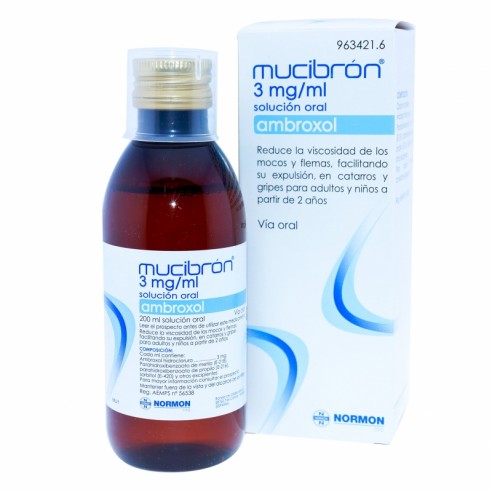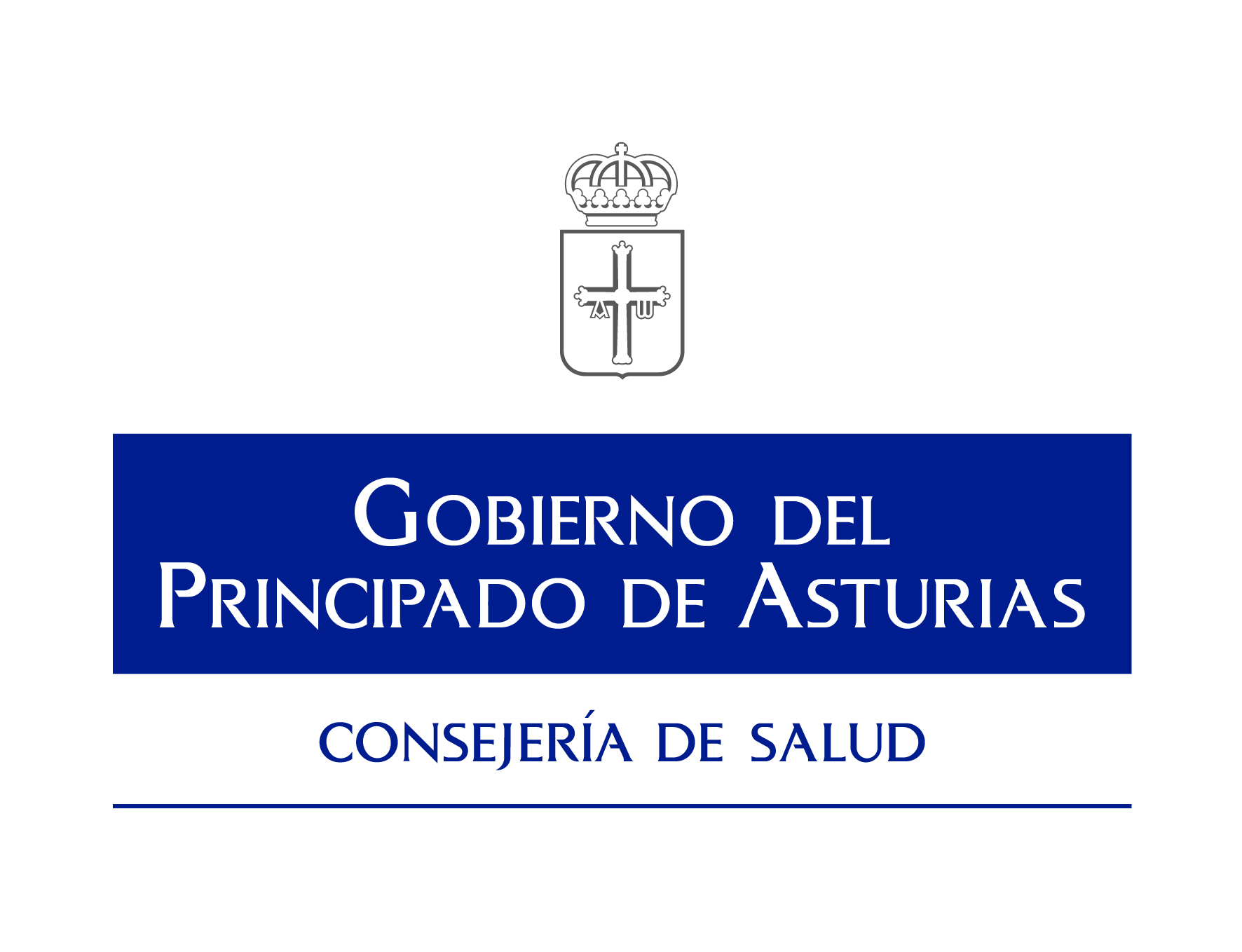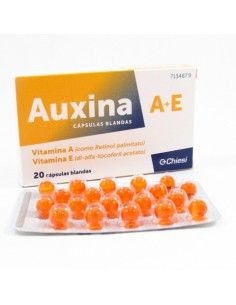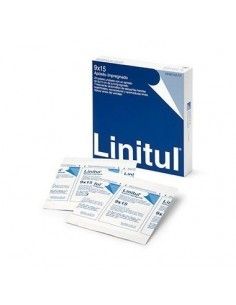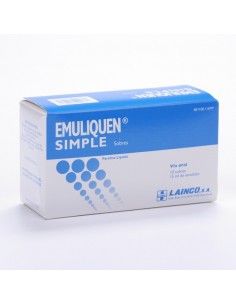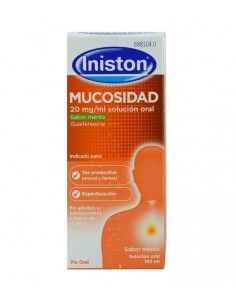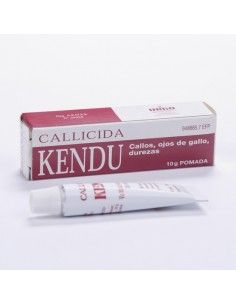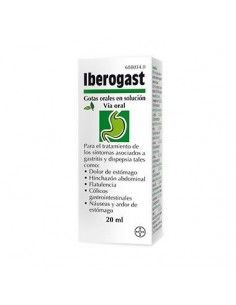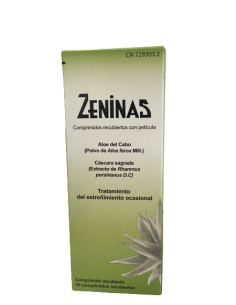Mucibron 3 mg/ml oral solution 200 ml
Action and mechanism
- Mucolytic, expectorant. Ambroxol is N-desmethyl-bromhexine, an active metabolite of bromhexine. Its administration results in a decrease in the viscosity of bronchial secretions and an increase in their volume, while favouring their expulsion. Its mechanism of action is unknown, but it could be related to an increase in the synthesis of sialomucins by activation of sialyl-transferase, which would restore the normal glycoprotein composition of bronchial mucus secretion and normalise the viscoelasticity of bronchial mucus. It could also stimulate the mucous glands of the bronchial epithelium, increase the levels of lysozyme, which would produce the breakdown of mucopolysaccharides, and stimulate mucociliary activity.
Pharmacokinetics
Oral, parenteral route:
- Absorption: rapidly and completely absorbed after oral administration, reaching a cmax 88.8 ng/ml after 1-2.5 h (30 mg p.o., immediate release) or 6.5 h (extended release forms). After oral administration, it undergoes a first-pass effect, with 30% of the dose being eliminated. Its bioavailability is 79%. Effect of food: it has no clinically significant effect on the pharmacokinetics of ambroxol.
- Distribution: rapid distribution in the body, with a t1/2 of distribution of 1.3 h. It tends to accumulate especially in the body. It tends to accumulate especially in the lung, reaching tissue concentrations up to 17 times the cp. Plasma protein binding is 90% and Vd is 552 l. Ambroxol crosses the placenta and is excreted in milk.
- Metabolism: metabolised in the liver by hydrolysis and glucuronoconjugation via CYP3A4, resulting in dibromoanthranilic acid (10%) and other metabolites in small amounts.
- Excretion: excreted in urine (83%), with 26% recovered as conjugates and 6% unchanged. The t1/2 is 10 h and the tClt is 660 ml/min.Pharmacokinetics in special situations:
- Renal insufficiency: no pharmacokinetic data available.
- Hepatic insufficiency: cp increases 1.3-2 times.No significant pharmacokinetic differences due to age or sex have been found.
Indications
- BRONCHIAL HYPERVISCOSITY].
* Reduction of excessive bronchial viscosity in [COMMON COLDS] and [FLU].
Posology
- Adults, oral: 30 mg/8 h.
- Children and adolescents under 18 years, oral:* Adolescents > 12 years: 30 mg/8 h.* Children 6-12 years: 15 mg/8 h.* Children 2-5 years: 7.5 mg/8 h.* Children < 2 years: contraindicated.
- Elderly, oral: does not require dosage adjustment.Administration with food: it is recommended to be administered without food.Duration of treatment: consult a doctor if symptoms do not improve after 5 days.
Dosage in renal insufficiency
It may be necessary to reduce the dose or increase the interval between doses.
Posology in hepatic insufficiency
It may be necessary to reduce the dose or increase the dosing interval.
Guidelines for proper administration
It is recommended to drink a glass of water after each dose. Drink plenty of water during treatment.
Contraindications
- Hypersensitivity to ambroxol, bromhexine or any other component of the medicinal product.
- Children < 2 years of age. Risk of bronchial obstruction.
Warnings about excipients:
- This medicinal product contains sorbitol. Patients with hereditary [FRUCTOSE INTOLERANCE] should not take this medicinal product.
Precautions
- Patients with severe [RENAL INSUFFICIENCY] (CLcr < 30 ml/min) or severe [HEPATIC INSUFFICIENCY] (Child-Pugh class C), due to the risk of accumulation.
- Gastric damage. Administration of mucolytics has been associated with disruption of the gastric protective barrier and gastric damage. Consider use in patients with a history of [GASTRITIS] or [PEPTIC ULCER].
- Patients with [ASTHMA], [RESPIRATORY INSUFFICIENCY] or a history of [BRONCHIAL SPASM]. Increased mucus production may lead to bronchial obstruction in patients with inadequate expectoration.
- Skin reactions. The administration of ambroxol has been associated with the occurrence of serious and potentially fatal adverse skin reactions such as [TOXIC EPIDERMIC NECROLISIS] or [STEVENS-JOHNSON SYNDROME]. In case of onset or worsening of skin or mucosal lesions, ambroxol should be discontinued and a diagnosis of the patient should be made.
Warnings on excipients:
- Containing propyl parahydroxybenzoate may cause allergic reactions (possibly delayed).
Warnings on excipients:
- Containing methyl parahydroxybenzoate may cause allergic reactions (possibly delayed).
Advice to patients
- Drink plenty of water during treatment.
- Consult a doctor and/or pharmacist if symptoms worsen or do not improve within 5 days, or if fever, headache or sore throat develop.
- Notify doctor and/or pharmacist if skin or mucous membrane lesions appear or worsen.
Special warnings
- The use of mucolytics and expectorants in children under 2 years of age is contraindicated because of the risk of bronchial obstruction.
- If skin or mucous membrane rashes occur, ambroxol should be discontinued and the possibility of conditions such as toxic epidermal necrolysis or Stevens-Johnson syndrome should be evaluated.
Interactions
- Antibiotics. Administration of ambroxol may increase the levels of antibiotics such as beta-lactams, macrolides or tetracyclines in lung tissue.
- Antitussives. Risk of bronchial obstruction, due to inhibition of cough reflex, and increased mucus production and/or fluidification. Avoid association.
- Anticholinergics (atropine, antihistamines, tricyclic antidepressants, antiparkinsonians, neuroleptics, MAOIs). They could oppose the effect of ambroxol.
Pregnancy
Safety in animals: ambroxol did not cause teratogenic or embryotoxic effects at doses of 3,000 mg/kg/24 h (rat) or 200 mg/kg/24 h (rabbit). Human safety: Clinical use has revealed no adverse effects on gestation or postnatal development when administered from 28 weeks gestation. No adequate and well-controlled studies in humans are available. Its administration is only acceptable if safer therapeutic alternatives do not exist, and the benefits outweigh the potential risks.Effects on fertility: ambroxol did not give rise to side effects on the fertility of male or female animals at doses of 500 mg/kg/24 h. No specific human studies have been performed.
Lactation
Ambroxol is excreted in milk. Consequences for the nursing infant are unknown. It is recommended to discontinue or avoid breast-feeding.
Children
The use of mucolytics in children under 2 years of age has been associated with the development of bronchial obstruction, as a consequence of increased production and fluidification of bronchial secretion and insufficient bronchial drainage. Therefore, the use of mucolytics in these children is contraindicated. In older children, the pharmaceutical form and dosage should be adapted to the age of the child (see Posology).
Elderly
No specific problems have been reported in the elderly that would necessitate a dosage adjustment.
Effects on driving
It seems unlikely that ambroxol will adversely affect the ability to drive.
Adverse reactions
Adverse reactions are described according to each frequency range as very frequent (>10%), frequent (1-10%), infrequent (0.1-1%), rare (0.01-0.1%), very rare (<0.01%) or of unknown frequency (cannot be estimated from available data).
- Digestive: frequent [Nausea], [TASTE DISORDER], oral [Hypoaesthesia]; rare [VOMITING], [DIARRHEA], [DYSPEPSIA], [ABDOMINAL PAIN], [DRY MOUTH]; rare dryness of throat.
- Dermatological: rare [EXEMPTEMATIC ERUPTIONS], [URTICARIA]; frequency unknown [PRURITURE], [ANGIOEDEMA].
- Allergic: frequency unknown [HYPERSENSITIVITY REACTIONS], [ANAPHYLAXIA].
Overdosage
Symptoms: No serious reactions to ambroxol intoxication have been reported. Doses of 15 mg/kg/24 h (i.v.) or 25 mg/kg/24 h (p.o.) were generally well tolerated. Symptoms of overdose included nervousness and diarrhoea. In case of significant overdosage, sialorrhoea, nausea and vomiting and hypotension have been reported.Treatment:
- Antidote: no specific antidote exists.
- General elimination measures: Measures such as induced emesis or gastric lavage are not indicated, except in case of very severe poisoning. Forced diuresis or dialysis do not seem to be effective measures for the treatment of overdose due to high binding to plasma proteins.
- Patient care: keep airways clear of secretions by lying the patient down and performing bronchial suctioning.
- Medication: symptomatic treatment.

